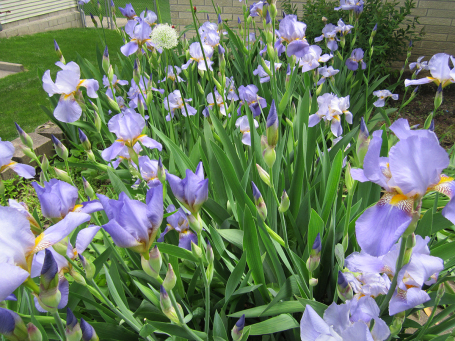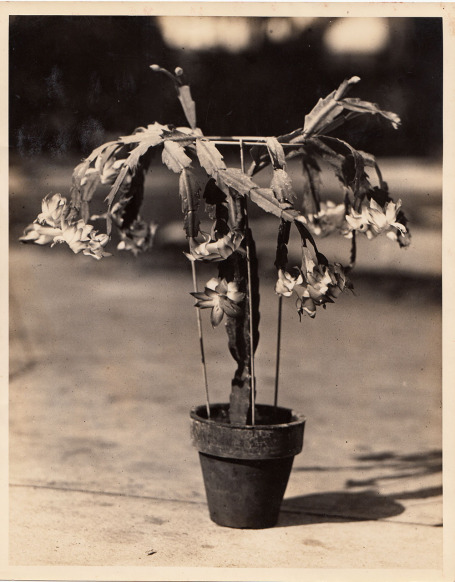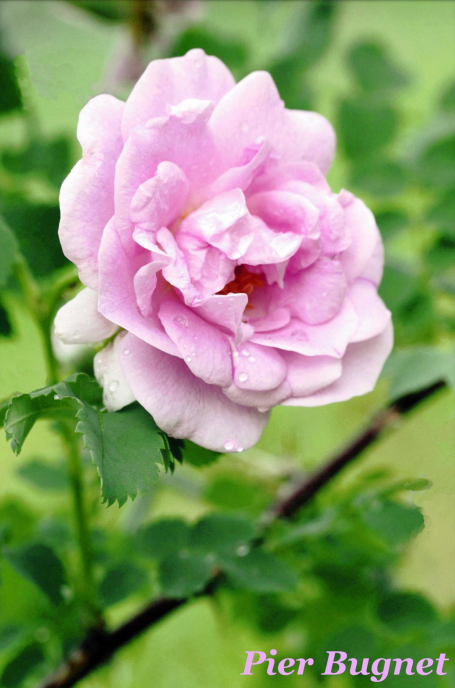Language of Flowers
In literature, mythology, love, and everyday life flowers—light as a feather—are weighted with meaning. In the Victorian era entire guides were published dedicated to the “language of flowers” and the idea that a single flower, or a particular arrangement of flowers, could communicate complex emotions and social cues. Of course, these guides were often at odds with each other and were most likely a faddish folly rather than a prescription for concrete communication in everyday life. One could only hope that if a courting couple were signaling each other with posy holders they were referencing the same book. For instance, a white rose symbolizes “I would be single” according to the 1852 book The Language of Flowers, but in The Illustrated Language of Flowers (1856) a white rose signaled “I am worthy of you.” Unless it was wilted, for then it meant “transient impressions.” Confusion sets in when a white rose was worn with a red rose, which symbolized “unity.” If these books were taken at face value, how easy it would be to send mixed messages. What a beginning to a romantic comedy!
Throughout history flowers have symbolically marked weddings and funerals, the change of seasons, state and national pride, and have symbolized love, hope, rebirth, death, and everything in between. The state flower of Hawaii is the yellow ma’o hau hele (Hibiscus brackenridgei). Hibiscus flowers are often given to visitors to Hawaii as a gesture of welcome. Mexican marigolds (cempasúchil) are known as the flor de muertos and used to decorate the graves of loved ones for Día de los Muertos celebrations.
Flowers find their way into our everyday lives through more personal channels. Our Community of Gardens digital archive is a home for these stories of flowers and gardens and their impact on our daily lives. From the unique peony cultivar developed by a flower-loving neighbor to cakes flavored by the vanilla orchid to memories of a childhood spent in shady backyard abundant with colorful azalea bushes, anyone can share their story with the Smithsonian Institution. We are collecting stories of gardens and plants past and present to preserve for future generations.
Here are some of our favorite flower stories from Community of Gardens—all have a story to tell about the meaning of flowers in our personal histories and culture at large:



Do you have a personal story of flowers to share with our archive? We welcome stories about:
- The development of a particular flower cultivar.
- Flowers rescued and replanted from family homesteads or lost or destroyed gardens.
- Family florist businesses or flower farms.
- Edible flowers. Share your best recipe for squash blossoms with us!
- Did you grow up in a different country? Is there a flower that reminds you of home, or a flower from your culture you have incorporated into your life in the United States?
- Flower gardens of all shapes and sizes.
- What flowers mean to you in your life.
Get started by visiting the Community of Gardens website and clicking on “Share a Story” or emailing us at communityofgardens@si.edu.

